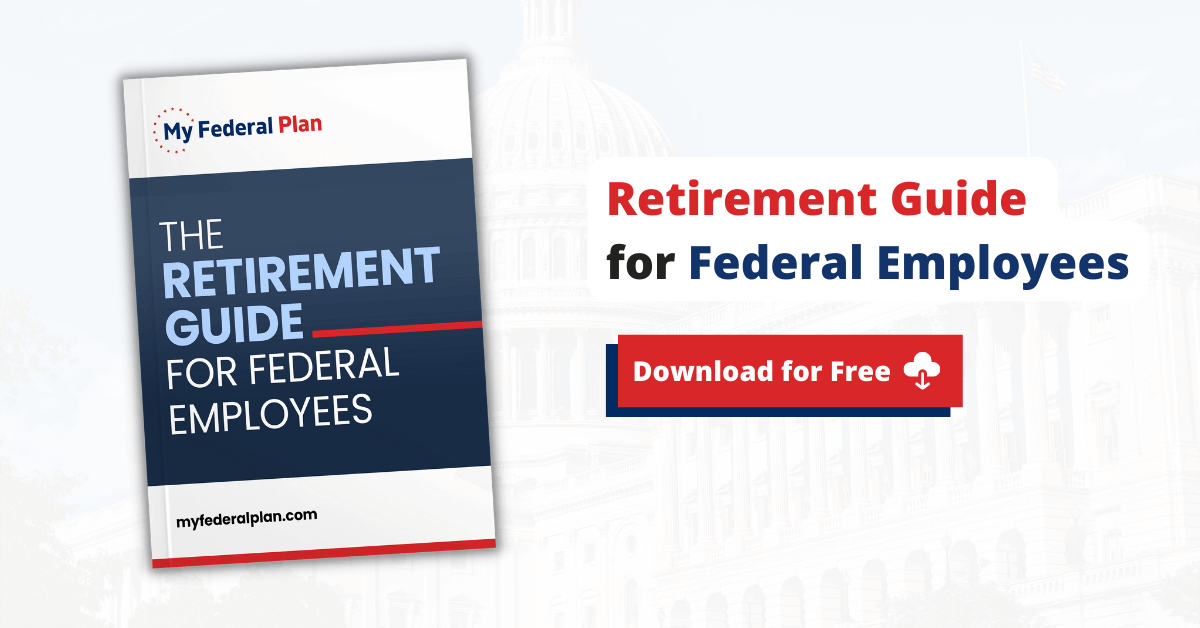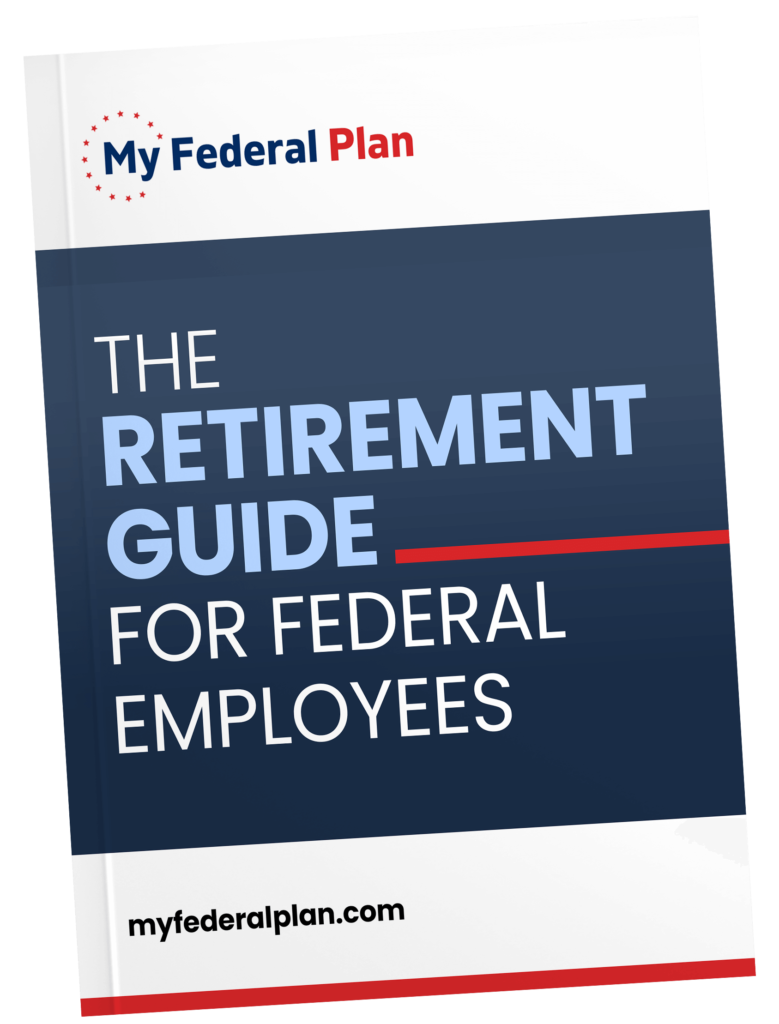Over two million people work for the United States federal government. If you’re in this group, you might wonder about the taxation of your retirement savings. If that’s the case, you’re at the right place for answers.
Keep reading to learn more about how FERS retirement gets taxed.
What Is FERS Retirement?
The Federal Employees Retirement System, or FERS, was created in 1987. The majority of new federal civilian employees hired after 1983 are automatically included in the program.
It’s a three-tiered retirement plan that has three main components. They’re the:
- FERS Basic Benefit,
- Social Security Benefit
- Thrift Savings Plan Benefit
Most FERS employees pay 0.8 percent of their basic pay towards their benefits. Agencies also contribute to FERS by paying 10.7 percent or more. This allows for retirement, disability, and survivor benefits which may be reduced for early retirement or to provide survivor protection.
Calculating FERS Benefits
The basic FERS benefit is based on the length of your employment with the government and your highest average salary during three consecutive years of service. In general, the basic benefit represents 1% of your highest average salary of three times your eligible years of service.
If you’re a member of the Federal Employees Retirement System (FERS), you can currently contribute up to 11 percent of your basic pay to the Thrift Savings Plan (TSP).
An automatic Government contribution of one percent of basic pay adds to every employee’s TSP account. Depending on the amount the employee chooses to pay, the government will add four percent of basic pay.

The Origins of FERS
Congress established the Federal Employees Retirement System (FER) in 1986. The system became effective on January 1, 1987. Newly hired federal civilian employees with pension coverage are now covered by the plan.
The TSP portion of FERS is an account that your agency sets up automatically. Every pay period, your agency deposits an amount equal to one percent of the base pay you earned in the pay period into your account. However, you can also choose to make contributions to your TSP account yourself, and your agency will also make a matching contribution.
What Is a FERS Tax Refund?
Former FERS employees are able to receive a refund of their contributions if they meet the same eligibility requirements that apply to CSRS employees.
In order to apply for a refund of retirement contributions, an employee must be separated from federal service for at least 31 consecutive days. They also cannot be employed in a position that’s subject to deductions from the Civil Service Retirement System (CSRS) or Federal Employees Retirement System (FERS) at the time they file their application.
Additionally, they must not be eligible to receive an annuity within 31 days after filing the application. Finally, they must comply with the notification requirements for a spouse or former spouse.
A Closer Look at FERS Refunds
A FERS refund is a payment to a former employee or an employee no longer covered by FERS. The payment includes the amount of the lump-sum credit.
This includes deductions for the FERS basic annuity. It also includes deductions for the CSRS interim plan employee contributions.
Furthermore, there are deductions for CSRS Offset employee contributions and deposits for civilian time. These are called “non-deduction” services or temporary time. It also includes deductions for military service credit deposits and interest.
When someone who was in CSRS transfers to FERS, they may be able to get their CSRS contributions back. The Office of Personnel Management (OPM) will pay the employee’s contributions, including any voluntary contributions made before the transfer.
Federal Retirement and Taxes
Knowing about your pension benefits is a great idea. For example, you can choose a different amount of money to be paid to your survivors if something happens to you. This choice is permanent, so it is important to make the right decision with your spouse’s help.
If it’s been less than 30 days since you started making regular monthly payments, you can cancel or reduce the survivor benefit. After 30 days have passed, but less than 18 months from when your annuity began, you can only change your election to increase or add a survivor benefit if you elected a single-life annuity.
Penalty for Changing Survivor Benefit
If you wish to move from no survivor benefit to a total or partial survivor benefit, you’ll be charged a one-time fee. The fee is 24.5 percent of your annual retirement benefit if you switch to a full survivor benefit or 12.25 percent if you switch to a partial survivor benefit.
For example, if you want to add a survivor benefit to your retirement plan, there’s a penalty of $9,800 plus interest. You can only do this up to 18 months from when you start getting your retirement benefits. If you don’t do it within 18 months, then the election will continue until the marriage ends through death or divorce.
Weighing Your Options
With so many federal employees set to soon retire, it’s important to consider the cost and value of this important choice. If you die first, your spouse will have to deal with the financial consequences. This could happen even if your spouse is old and in poor health.
If your surviving spouse would have to move if you died, you should elect a survivor benefit. This will reduce your retirement income, but it will also reduce the amount of taxes you have to pay. If your spouse dies before you, the full amount of your annuity can be paid to the person who replaces them.
Additional Taxes for Federal Employees
You’ll most likely owe federal tax on your Social Security pension benefit. Suppose you file an individual tax return and your combined income is less than $25,000.
On the other hand, imagine you file a joint return, and your combined income is under $32,000. In these instances, your social security benefit will not be taxable.
However, if your income is more than these amounts, you’ll have to pay taxes on some or all of your Social Security benefits. The amount you have to pay taxes on depends on how much money you make and how much Social Security money you get. Your combined income is the total of your adjusted gross income, any nontaxable interest, and half of your Social Security benefit.
If you wish, you may ask Social Security to withhold federal tax on your benefit payment when you first apply. If you’re already getting benefits or wish to change or terminate your deduction, you’ll need an IRS W-4V form.
Luckily, most states don’t tax Social Security benefits—more on that in a moment.
Planning Retirement From Federal Work
Your retirement estimate may not be accurate. This is because the estimate may not include everything that you think it does.
First of all, you might have to pay state income tax on your CSRS or FERS benefit. And even that’s generally low since the program doing the estimating doesn’t know if you also have income from:
- A spouse’s income
- Part-time or full-time work
- Social Security retirement
- Thrift Savings Plan withdrawals
- Other retirement savings
Unfortunately, estimates usually only account for withholding of federal tax.
Considering Your Tenure
Several factors that may affect the duration of your service won’t get taken into account in the estimate. For example, you may have done work that’s not creditable. You may have also had changes in your work schedule.
In addition, you could have undocumented service. It’s also possible there were changes in your retirement coverage. Furthermore, you could have unpaid deposits or redeposits.
Understanding the FERS Tax Deduction
Civil federal government employees hired before 1984 are covered by the Civil Service Retirement System (CHARS). Federal employees hired on or after 1984 are covered by the Federal Employee Pension Benefits System (FERS). CSRS and FERS participants must contribute money to their pensions through a payroll tax. This money goes into the Civil Service Retirement and Disability Fund (CSRDF).
The OPM estimates that CSRS costs 36.6 percent of employee pay. Out of this, the federal government pays 29.6 percent, and employees pay seven percent. CSRS employees don’t pay Social Security taxes or earn Social Security benefits.
Your Savings Contributions
All employees of the FERS contribute 6.2 percent of their wages to the Social Security trust fund. This contribution is capped at the Social Security taxable wage base, which was $132,900 in 2019.
According to the CSRS, the minimum retirement age (MRA) is 55 for workers who have a minimum of 30 years of federal employment. The MRA for FERS is 55 for employees born before 1948 and 56 for employees born between 1953 and 1964.
It increases incrementally to 57 if you were born in 1970 or afterward. The FERS and CSRS allow retirement with an unreduced pension at the age of 60 with a minimum of 20 years. The same is true for employees with a minimum of five years of service at the age of 62.
Federal Employment Taxes and Geography
You want to keep your retirement savings as long as you can. One way to do this is by reducing the amount of taxes you have to pay.
The amount of taxes you’d have to pay varies a lot according to the state in which you retire. There are three main types of taxes that the state levies:
- Income tax
- Property tax
- Sales tax
You should pay attention to all of them before you make a decision on where to live.
Assessing The Big Picture
There are three types of income you might get when you retire. They are a pension, Social Security, and money from retirement accounts.
The government will tax all these types of income at the federal level. At the state level, it will vary depending on which state you live in.
Many people are surprised to learn that Social Security benefits are taxable. This is because most federal employees have a healthy pension and TSP come retirement time. As a result, up to 85% of their benefits may be subject to federal taxes.
States That Tax Federal Income
The good news is that most states do not tax Social Security benefits. However, there are thirteen states that do. The criteria and structure of this taxation vary from state to state.
Most of your federal pension gets taxed by the government. They work out how much you contributed to the system over your working life.
They then spread this amount out over how long they think you will live in retirement. The part of your pension that’s made up of your contributions will not be taxed, but the majority—around 90% or more—will get taxed.
States That Tax Social Security Benefits
Again, there are many states that do not tax pension income. However, some do. These states include:
- Alabama
- Alaska
- Florida
- Hawaii
- Illinois
- Mississippi
- Nevada
- New Hampshire
- South Dakota
- Tennessee
- Texas
- Washington
- Wyoming
Also, some states tax private pensions but not federal ones.
As the Roth TSP becomes more popular, more federal employees will be able to enjoy some tax-free income in retirement. However, most federal employees’ savings are in the traditional TSP, which means withdrawals will be subject to federal taxes.
No matter your circumstances, it helps to have a consultant who can help you plan ahead so you can avoid the common pitfalls of federal retirement.
Start Preparing For Your Retirement Today
We hope our guide to FERS retirement helps you better prepare for your future. If you’re a federal employee and you need help getting the most out of your retirement, My Federal Plan can help by connecting you with an agent within our network.
Don’t wait another day. Contact us today to schedule a free retirement planning session.

